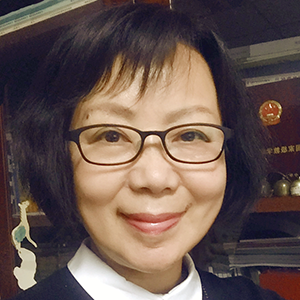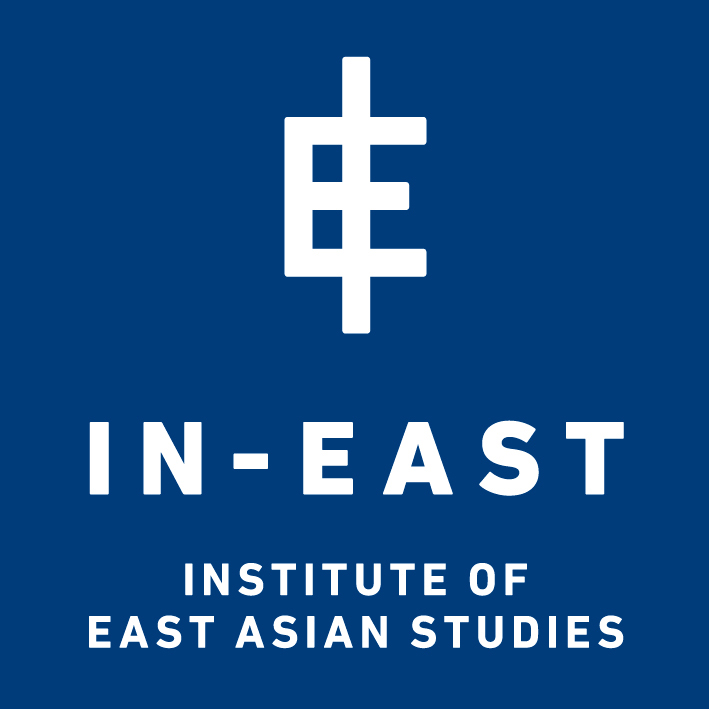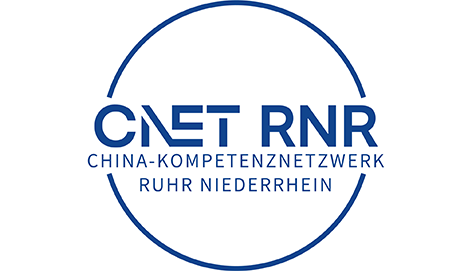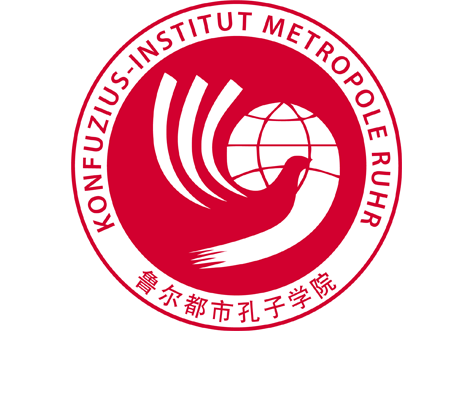IN-EAST News
02.11.2017 - 13:36
Guest Lecture by Huamin Peng
Assessment of Unequal Distribution of Education Welfare Resources for Children in China | Thu, November 2, 2017, 14.00 h | Room LE 736, Forsthausweg, Duisburg
Huamin Peng ist Professor of Social Policy and Social Work at Nanjing University and Vice Executive President of China Social Welfare Academy. She is going to visit the IN-EAST from October 30 to November 12, 2017.
Abstract
Education is a significant component in social welfare and social development. There are 284.52 million of children (age 0–14), 1/5 of the total population in China. From 1949 to now, the goal of child welfare in China was to reduce social inequality. However, for various reasons, social welfare was highly unequal. Large number of children faced limited welfare resources, school dropping and loss of dependable support. This study investigates the interconnected variables in the inequality in the distribution of educational as welfare resources for child education at regional and economically developed areas of China. This study posed the research questions as:
(1) What is the relationship between Chinese child population distribution and regional economic development imbalances?
(2) What is the symptoms of unequal regional distribution of child educational welfare resources?
(3) What is the relationship between the unequal distribution of educational welfare resources and regional economic development?
Results demonstrate that the spatial hierarchy with hukou system continues to differentiate the welfare resources and services causing unequally distribution in the children educational resources. North and East parts of China, where economic development is very high, provides better educational welfare resources. Whereas, at North-east and Central parts it is found moderate level, while the South-west and North-west areas are underdevelopment and due to that the educational welfare resources are also not adequate. This research reveals that the planning for the distribution of resources for child education in China not only generates useful insights about the disparity but also influences children educational acceptance. This complements in the refinement of educational policies and suggest the solution in solving the unequal distribution of resources for child educational and welfare services.
CV
Huamin Peng studied for a BA of Economics of Sichuan University, Chengdu in 1977, MA of Sociology of Nankai University, Tianjin in 1982, Ph.D. of Social Welfare of The Chinese University of Hong Kong in 2000. Her thesis title is Social Exclusion in the Welfare Triangle: An Empirical Study on the New Urban Poverty Community in China.
She is Professor of Social Policy and Social Work, Dean of the School of Social Development and Social Work Research, Director of the MSW Education Centre, Nanjing University and Vice President of China Social Work Education Association (CSWEA), Vice Executive President of China Social Welfare Academy (CSWA).
Her research focuses on child social welfare, poverty reduction and social welfare system reform. In the past years, she has published over 120 papers. She has published in English, too, on several occasions. Because of her brilliant contribution, she achieved 2014 Outstanding Teaching Achievements of the Ministry of Education, 2014 Good Research Paper Award of Ministry of Civil Affairs for Outstanding Paper on Policy Theories and Practice, 2009 Best Research (Book) Award of the Ministry of Education.
Huamin Peng is a reviewer of International Journal of Social Welfare (referred Journal), Current Sociology (referred Journal), editorial board member of China Social Work Research (Chinese), Social Work (Chinese), Social Welfare (Chinese) and Chinese Sociological Dialogue (English).











